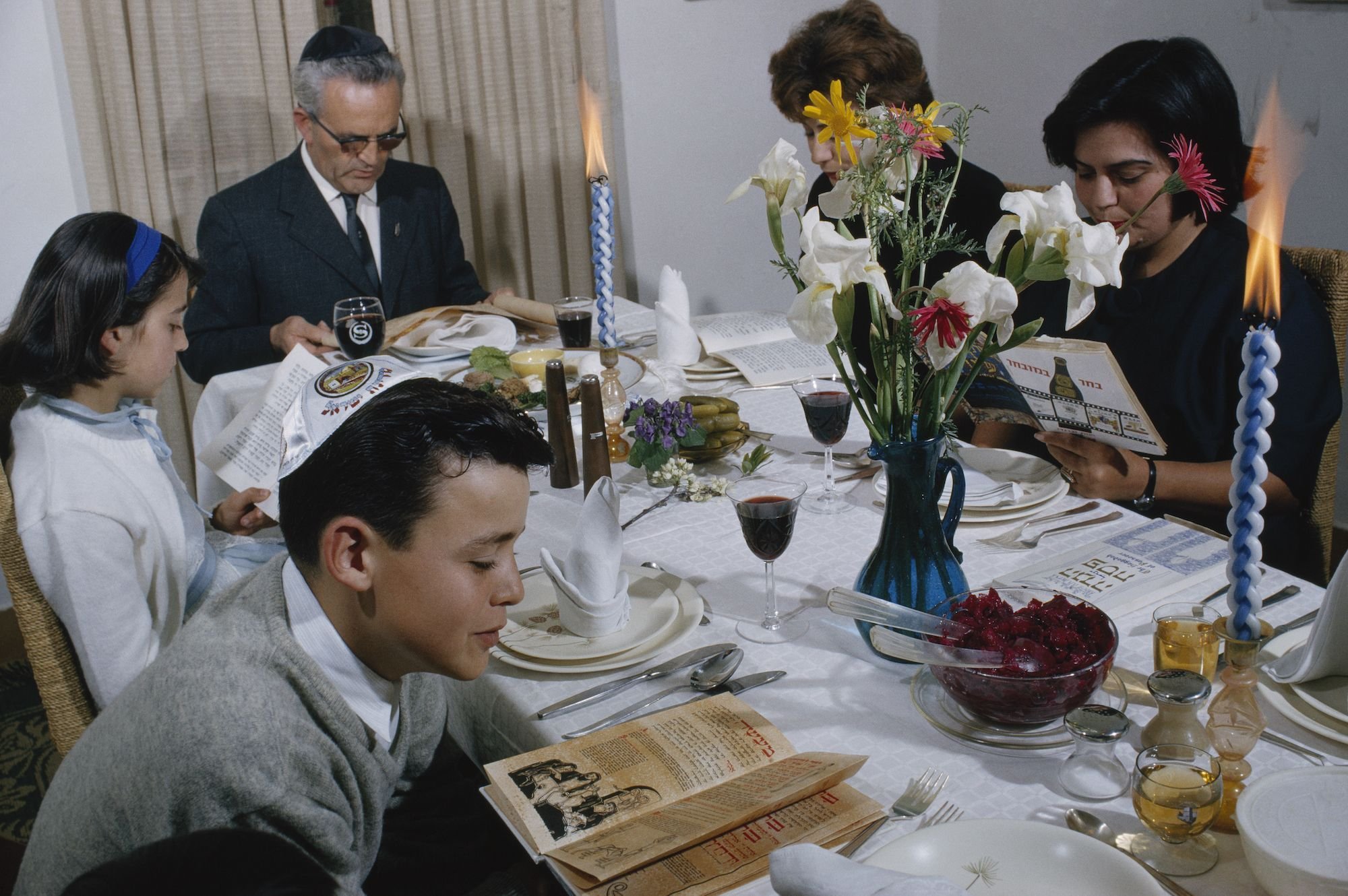Storytelling and Cultural Traditions
Storytelling is universal and is as ancient as humankind. Before there was writing, there was storytelling. It occurs in every culture and from every age. It exists (and existed) to entertain, to inform, and to promulgate cultural traditions and values.
Oral storytelling is telling a story through voice and gestures. The oral tradition can take many forms, including epic poems, chants, rhymes, songs, and more. Not all of these stories are historically accurate or even true. Truth is less important than providing cultural cohesion. It can encompass myths, legends, fables, religion, prayers, proverbs, and instructions.
Here are some examples of storytelling as a method of passing down cultural traditions.
Choctaw Storytelling
Like all Native American tribes, the Choctaw have an oral storytelling tradition going back generations. Their stories were intended to preserve the tribe’s history and educate the young. For example, the Choctaw oral tradition includes two creation stories: One relates to migration from the west and another to creation from a mound. In addition, the oral tradition includes history as well as life lessons or moral teachings. Many of the Choctaw traditional tales employ animal characters to teach such lessons in a humorous vein.
Native Hawaiian Storytelling
The Native Hawaiian word for story is “moʻolelo,” but it can also mean history, legend, tradition, and the like. It comes from two words, mo’o, meaning succession, and olelo, meaning language or speaking. Thus, story is the “succession of language,” since all stories were oral. Native Hawaiian stories included the tale of the first Hawaiian, who was born from a taro root. Other stories tell of navigation across the seas.
Traditionally, Native Hawaiian storytellers, who knew history and genealogy, were honored members of society. Hawaiian storytelling was not limited to words alone—it included talking but also encompassed mele (song), oli (chant), and hula (dance).
Hawaiians valued the stories because they were not only entertaining, but they also taught the next generation about behavior, values, and traditions.
Western African Storytelling
The peoples of sub-Saharan Africa have strong storytelling traditions. In many parts of Africa, after dinner, the village congregates around a central fire to listen to the storyteller. As in other cultures, the role of the storyteller is to entertain and educate.
Long part of western African culture are the griots: storytellers, troubadours, and counsellors to kings. They performed the functions of storyteller, genealogist, historian, ambassador, and more. Some of the most famous stories from western Africa are those of Anansi, the trickster spider.
The griots were traditionally hereditary, a profession or office passed from one generation to the next. There were also griot schools, where more formal training could be had. Both men and women can take up the profession (women are called griottes), although women have a somewhat lesser status.
The Jewish People and the Passover Seder
On Passover, families of Jewish faith celebrate the exodus of the Jewish people from slavery in Egypt. The Passover celebration includes a storytelling ritual known as the seder, or order. During a meal, the story of the Exodus is told, an oral tradition passed down through generations to educate the young. An important part of the ceremony is “four questions” asked by the youngest children present, which are the impetus for telling the story.
Irish Storytelling
The seanchai were the traditional Irish keepers of story. They would travel from village to village, reciting ancient lore and tales of wisdom. They told the old myths as well as local news and happenings. Prominent in the Irish oral tradition are tales of kings and heroes.
Today, storytelling and interest in storytelling appears to be making a comeback. As one Irish storyteller put it: “It’s a need for connection … I think storytelling nurtures connections with people in real life.”


